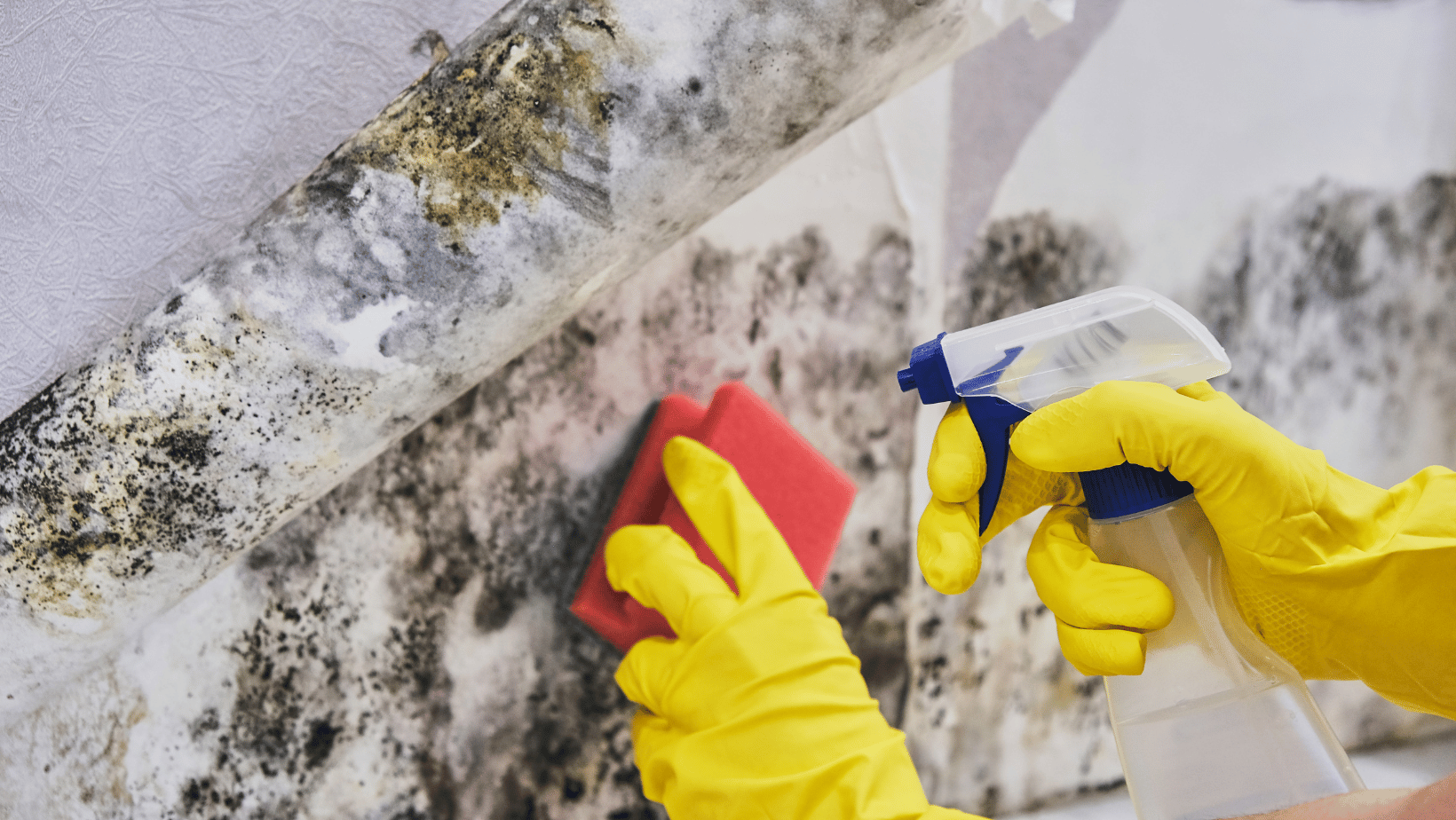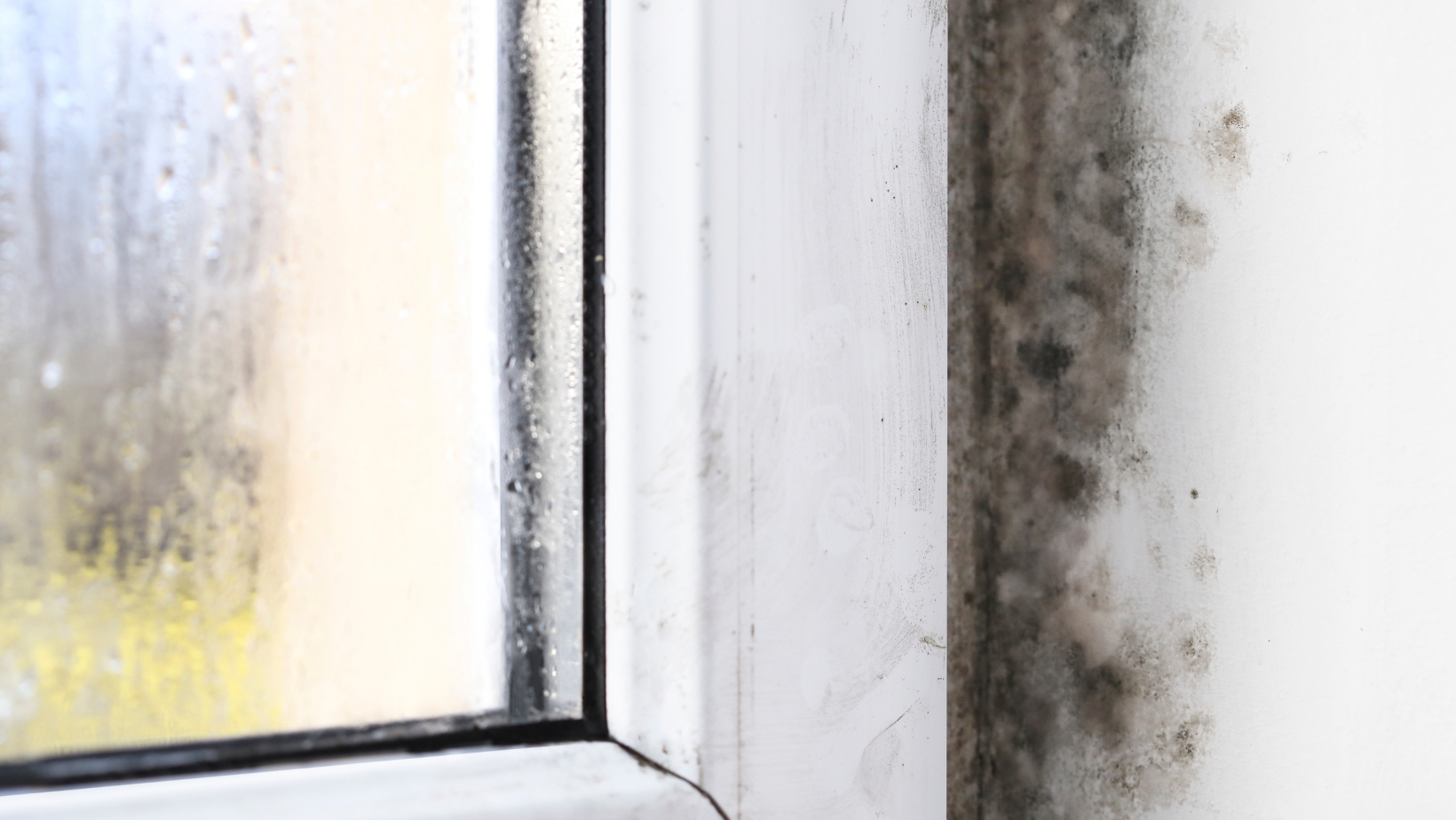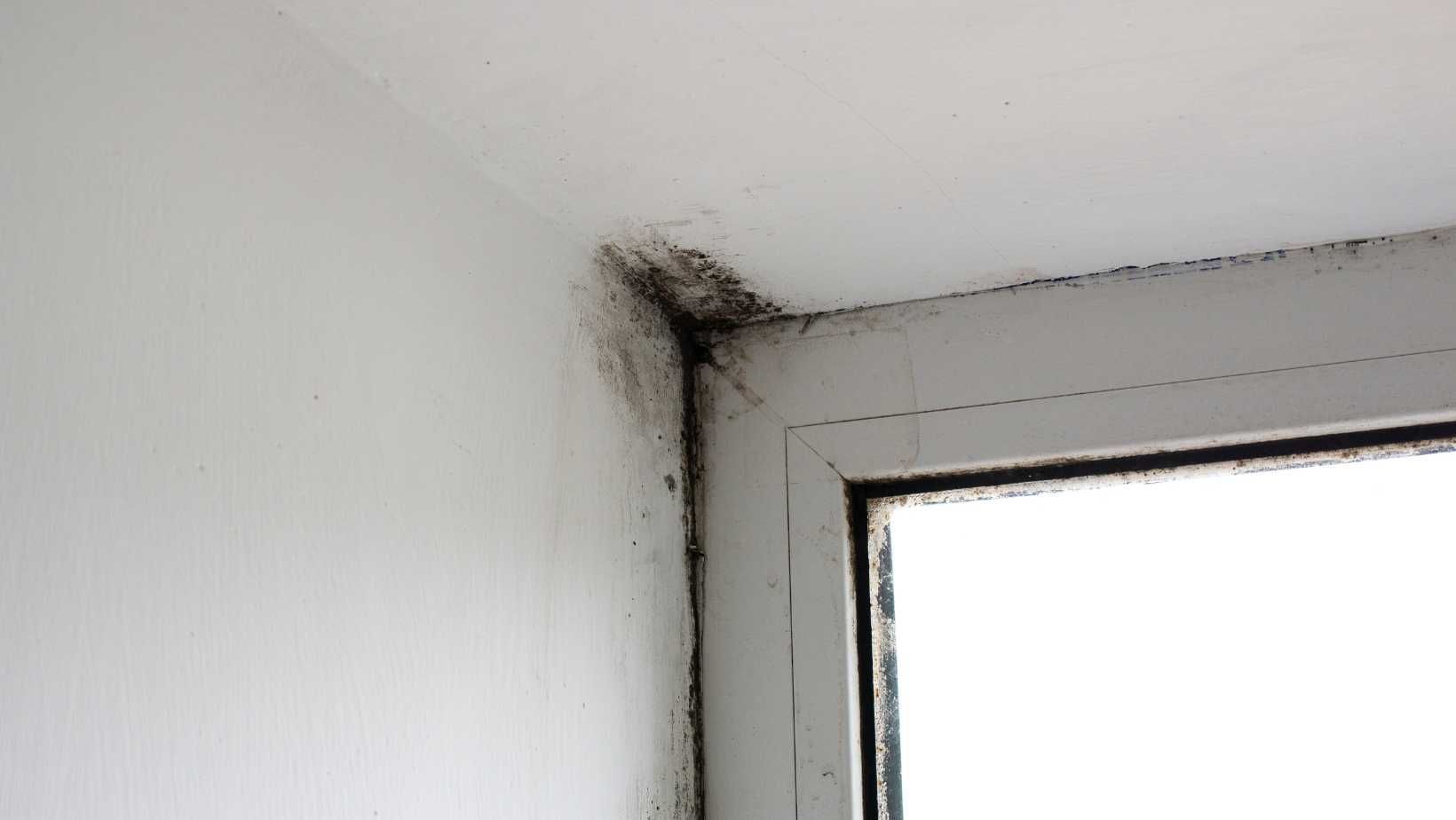Dealing With Bathroom Mold In Louisiana Homes
Every Louisiana homeowner battles against bathroom mold and moisture. It is a given that there is moisture in every bathroom. Between showers, sink usage and toilet usage -- your bathroom can easily become a breeding ground for a major mold problem if you aren’t careful. But, don’t panic. It is possible to get the moisture under control in your bathroom and reduce the chances of mold growth. Mold prevention is fairly simple if you makes the conscious effort to keep the space dry and follow a routine cleaning schedule.
If you suspect you might have a mold problem in your bathroom or elsewhere, you should consider getting your home inspected and tested for mold. Air quality testing for mold can reveal a lot about the indoor environment.
Bathroom Moisture Control & Mold Prevention for Local Homeowners in Louisiana
Bathroom mold can sometimes be deceiving. Mold can grow in the cracks and crevices beneath the bathtub liner. Moisture can gather under partially tiled areas, causing hidden mold to grow unseen beneath building materials and in wall voids. Preventative measures are the most efficient strategy to combat bathroom mold. Getting the moisture in your bathroom under control and cleaning regularly to remove organic debris that feeds mold are simple ways to prevent fungal activity.
Bathroom Plumbing & Maintenance Checks:
Plumbing leaks are one of the most obvious water sources that can cause mold. Some leaks will be easy to spot if they are severe and in plain sight. Other leaks might be difficult to identify if it’s a small leak or a slow leak in a more hidden location. Louisiana homeowner should conduct routine assessments for leaks by looking for and feeling for dampness around pipes and seals to identify any potential leaking.
- Repair leaks immediately. If you notice any leaks in your bathroom, contact a local professional (such as a plumber or handyman) to properly resolve the issue in a timely manner. Leaks that aren't fixed can develop into a major problem that involves extensive water damage and mold.
- Begin the drying process ASAP. If a major plumbing issue has caused serious water damage like a sewage backup or bathroom flooding, you should consult a local water damage restoration company to provide water extraction and structural drying.
- Pay attention to signs of a problem. If you notice slow draining at your sink, bathtub or shower – it could mean a backup somewhere in your plumbing lines. Clogged drains can cause major issues like flooding and sewage leaks. If you detect signs of an underlying plumbing issues, you should consult a professional.
Proper Ventilation & Sufficient Air Circulation in Bathrooms:
Though not as obvious as a major plumbing leak or flooding, humidity is probably the most common and most consistent enemy against homeowners in the battle against bathroom mold. To prevent mold, you must manage to keep indoor humidity levels below 50%. This can be especially challenging to do in a bathroom between hot showers and constant water usage throughout the day. The key to getting your bathroom humidity under control is ventilation and air circulation.
- Install an adequate exhaust fan/vent. Bathroom exhaust fans work by drawing moisture from the damp bathroom air and directing it to the outside. It serves as the first line of protection against mold and dampness. Check to make sure that your exhaust fan properly rated for the size of your bathroom by checking the CFM (cubic feet per minute). If it is not pulling enough air from the bathroom, then it is not providing adequate ventilation.
- Actually use your exhaust fan. Running the fan during showers and baths is a good start, but that’s not enough. You should leave it on for at least a half-hour after you've finished. This prevents residual moisture or lingering humidity from damaging the walls and ceiling, and it will reduce the risk of fungal growth. Setting the fan on a timer is an excellent approach to deal with this because you won't have to return to the bathroom to turn it off later.
- Make sure your exhaust fan is directed to the exterior. Often times, bathroom exhaust fans are improperly installed and route directly into the attic. This just means you are taking the damp air from the bathroom and dumping it into the attic, which will leave you with a whole slew of attic issues down the line. If you exhaust fan does not empty outside, this needs to be corrected.
- Use your windows. If you have bathroom windows, open them up to help expel steam and optimize air circulation.
- Keep outside areas dry. When using the shower, keep doors closed to keep the hot, damp air from escape into dry areas of the home.
- Optimize air flow. When the shower or bath is not in use, keep the bathroom door open to optimize air circulation throughout the day.
Keeping Bathroom Surfaces Dry
Make it a habit to wipe down or squeegee any wet surfaces in a timely manner. By making a concerted effort to keeping surfaces as dry as possible as often as possible, you reduce water emission into the air from evaporation (when surfaces are left to air dry on their own).
- Wipe down surfaces. Surfaces like mirrors, tiles, glass and walls should either wiped down or squeegeed.
- Use a squeegee. Taking a minute to run the squeegee on your tub or shower walls right after washing reduces the moisture in the bathroom by up to 3/4.
- Dry out shower items. Wipe down product bottles and hang loofahs/wash rags to dry. If possible, remove them from the shower all together when not in use, so that water doesn’t accumulate under them.
Routine Bathroom Cleanings
Mold loves to feed on dead organic matter: dirt, dust, hair, body oils, urine particles, feces particles, etc. So, commit to a routine bathroom cleaning schedule.
- Clean all surfaces. Wipe down all surfaces with a mild detergent, a baking soda solution, or a vinegar solution: walls, floors, counters, shower stalls, bathtubs, toilets, etc.
- Clean bathroom items. Take time to quickly wipe down all items in the bathroom: shampoo bottles, toys, cups, containers, etc.
- Wash or launder bathroom rugs, towels and shower curtains frequently. Porous items like rugs, towels, etc, hold moisture and can be ideal breeding ground for mold growth. These items should be laundered regularly and kept as dry as possible.
Declutter Your Bathroom
To decrease the amount of damp surfaces in the bathroom that can harbor mold growth, remove unnecessary stuff. We tend to not touch or move unused items. If the items are sitting in moisture, mold can develop underneath the items and go unnoticed for unknown periods of time.
Bathroom Mold Removal in Louisiana Homes
Dealing with small areas of mildew in a bathroom is not uncommon for Louisiana homeowners. The bit of mildew under the shampoo bottle or a few spots of mold growth at the caulk in a shower – these are minor areas of bathroom mildew and fungal activity that does not necessitate professional attention. The EPA’s recommendation for mold is that in most situations of mold under 10 square feet (roughly 3ft x 3ft) can likely be cleanup without the help of a professional. However, there has been a lot of water damage, and/or mold growth covers more than 10 square feet, you should consult a local bathroom mold remediation professional. Whether it is water damage and mold after a water leak or widespread mold growth across drywall ceiling and/or walls from high humidity – significant mold growth will require professional intervention. To learn more about local bathroom mold inspections in Acadiana or bathroom mold cleanups in Baton Rouge, call DryMax today -- 337-446-2042.
You might also like
DryMax Mold Blogs




